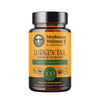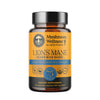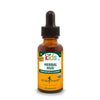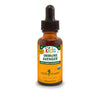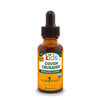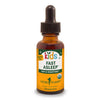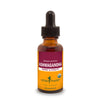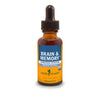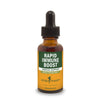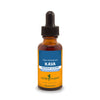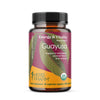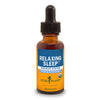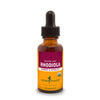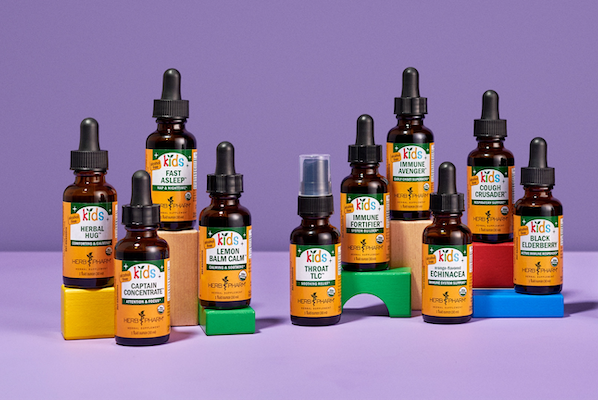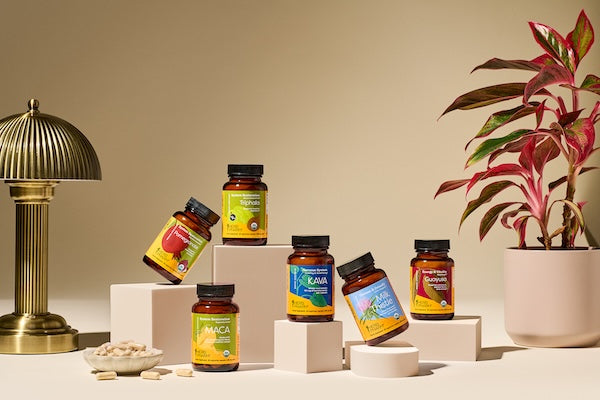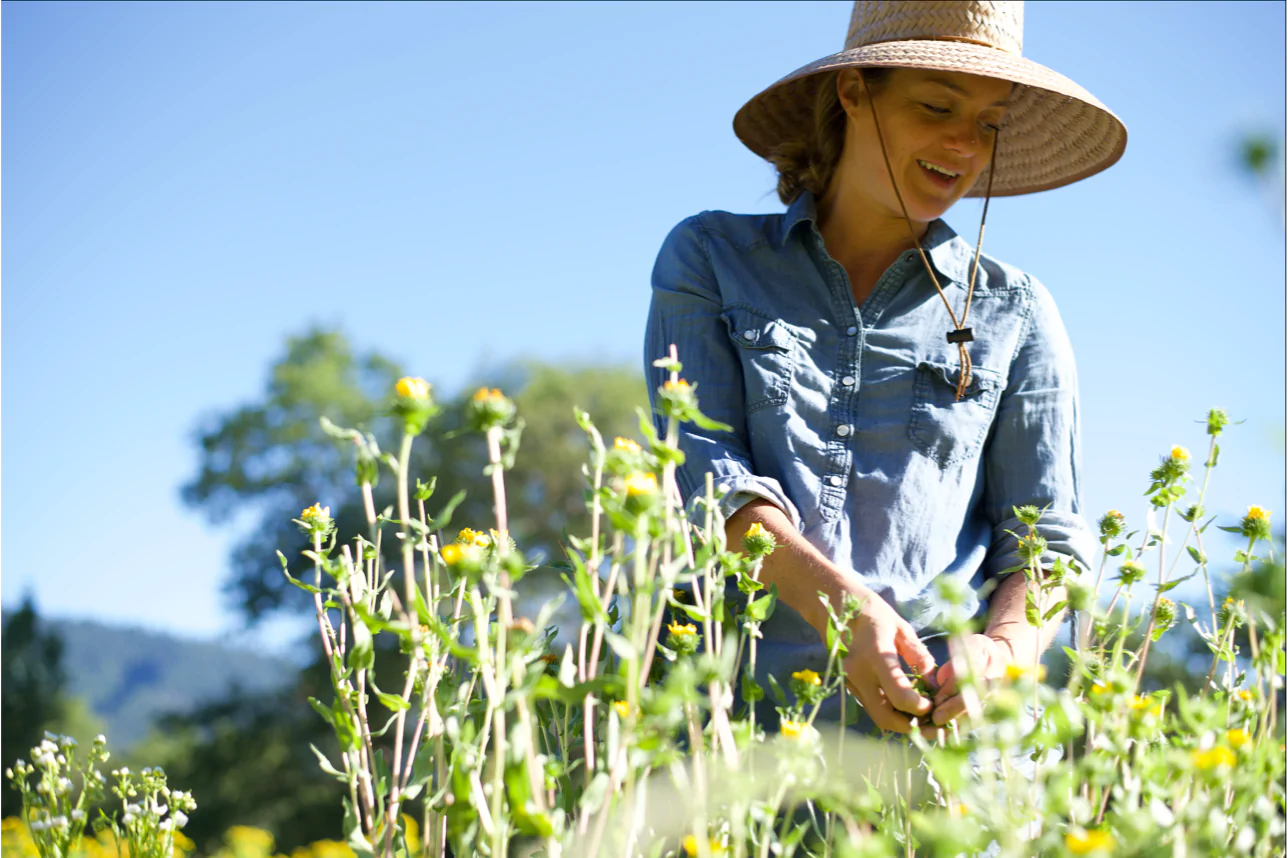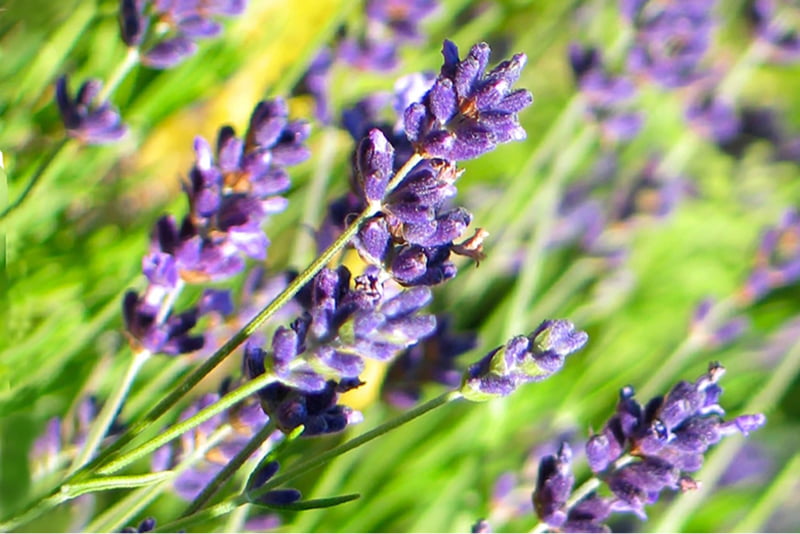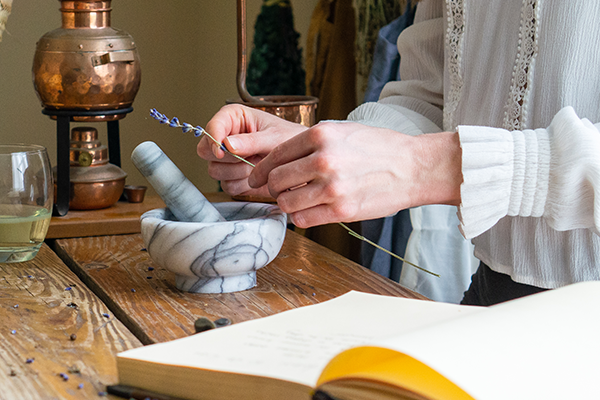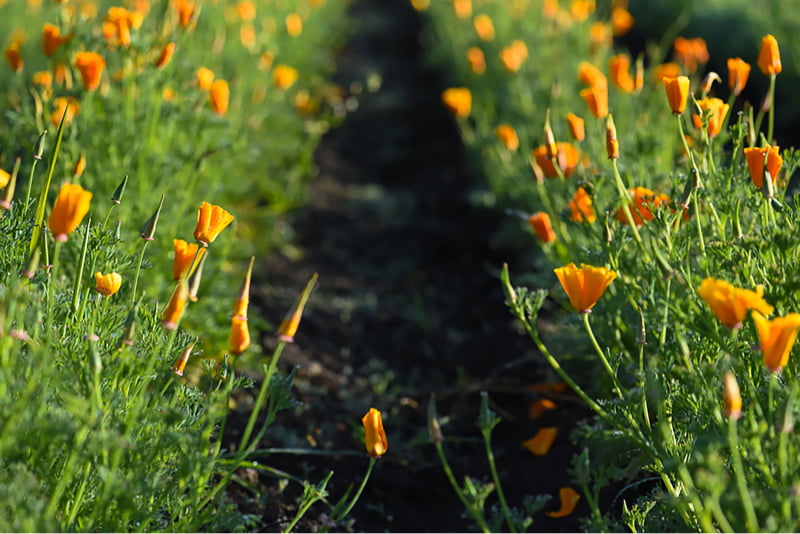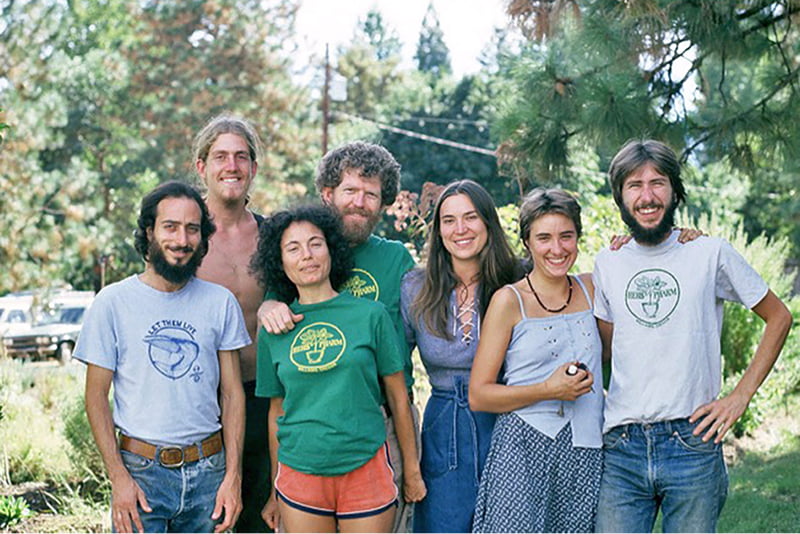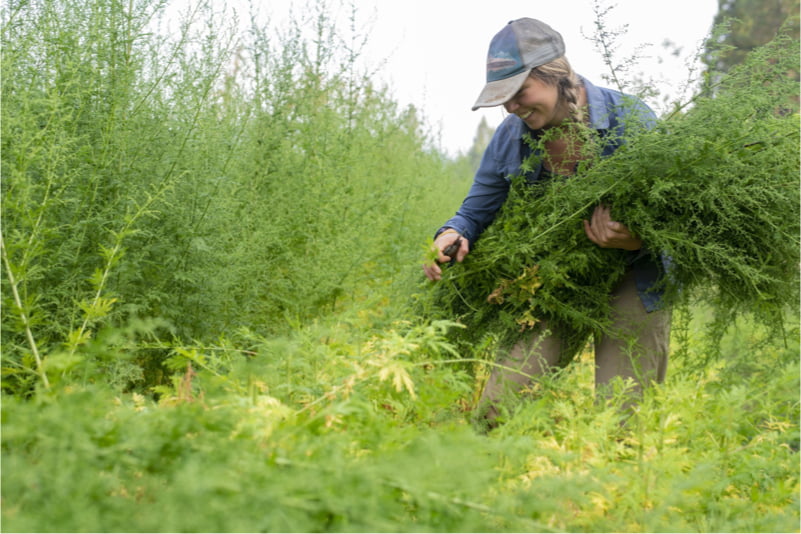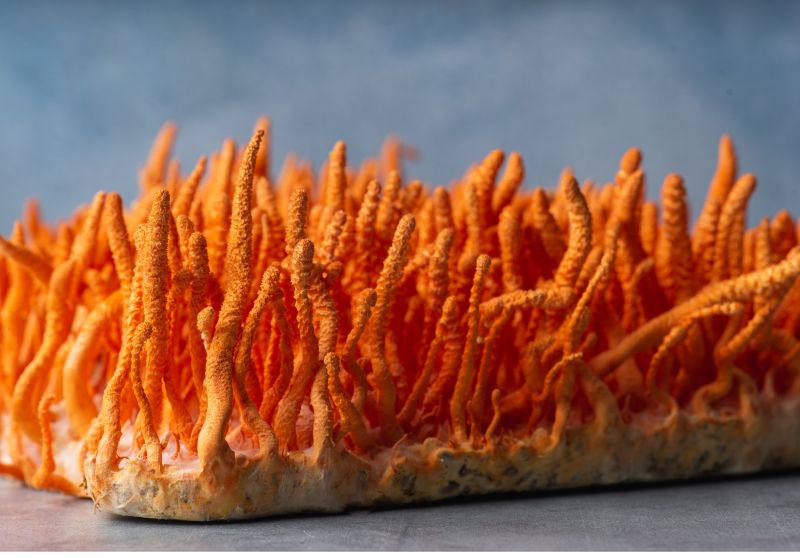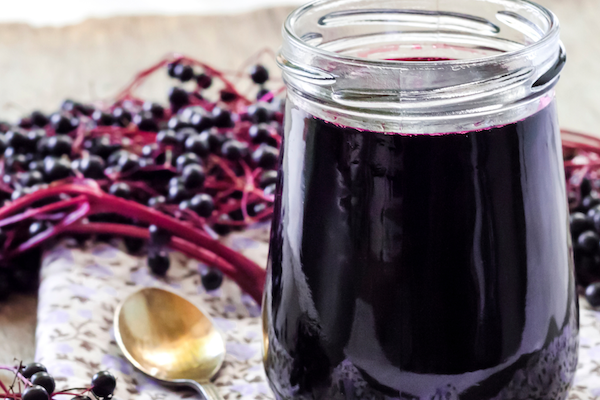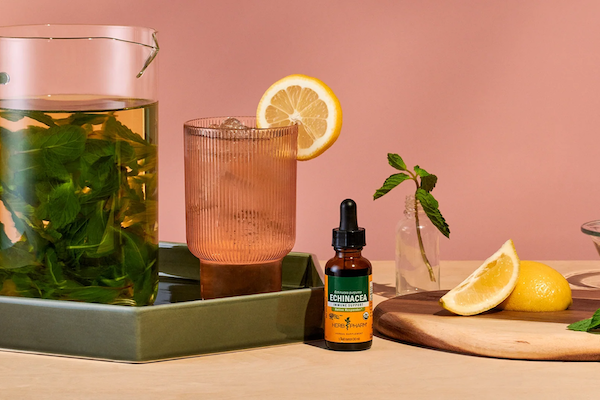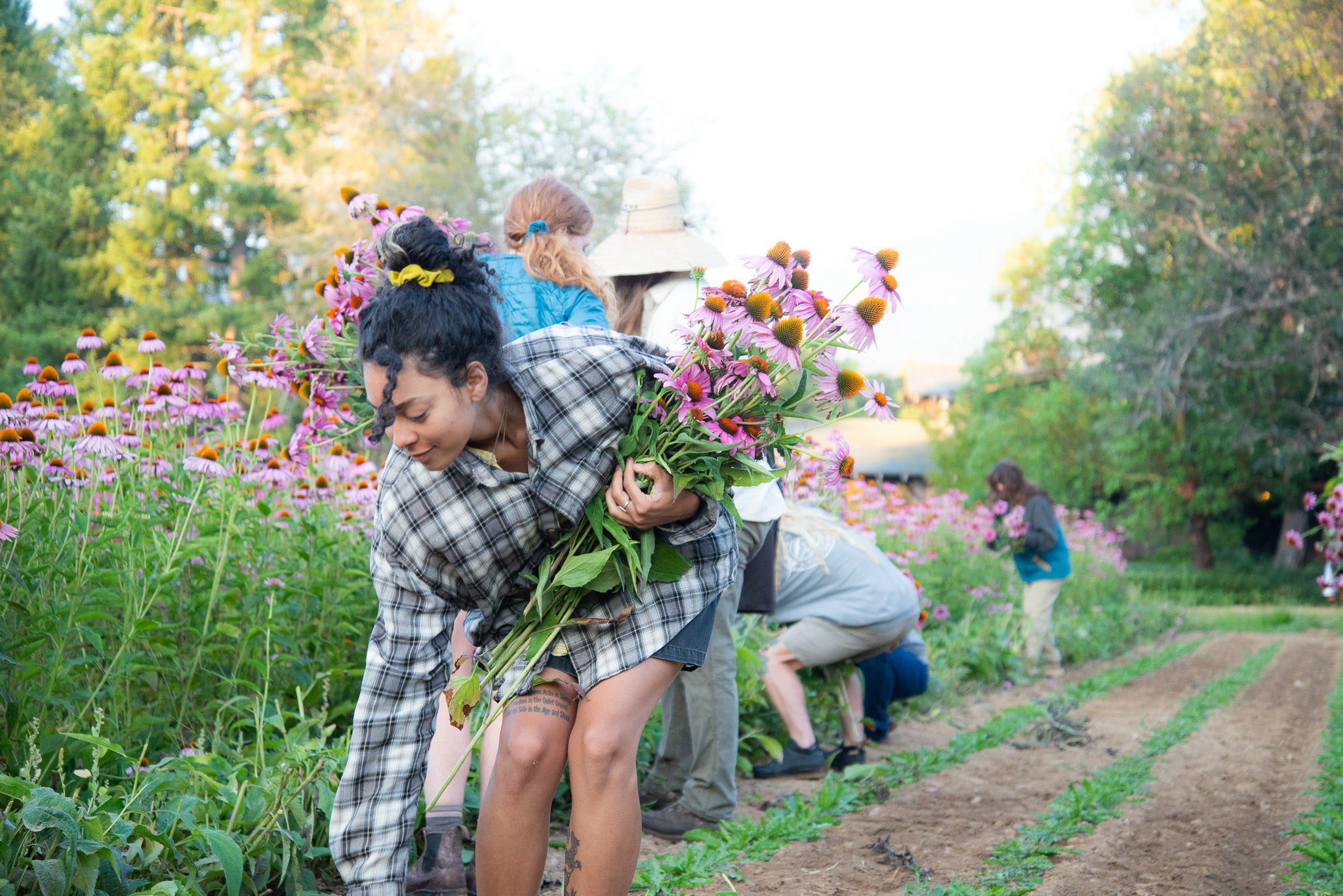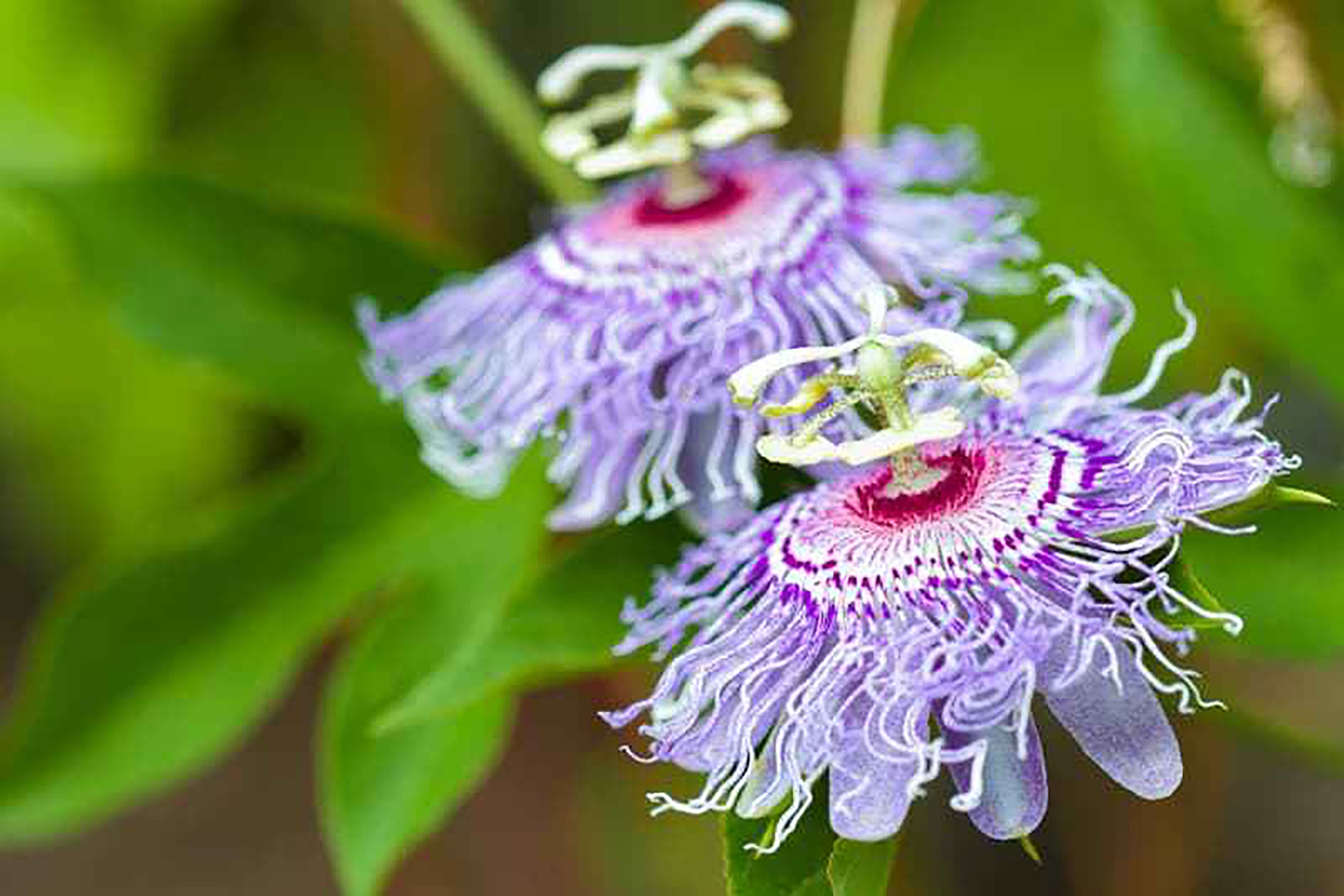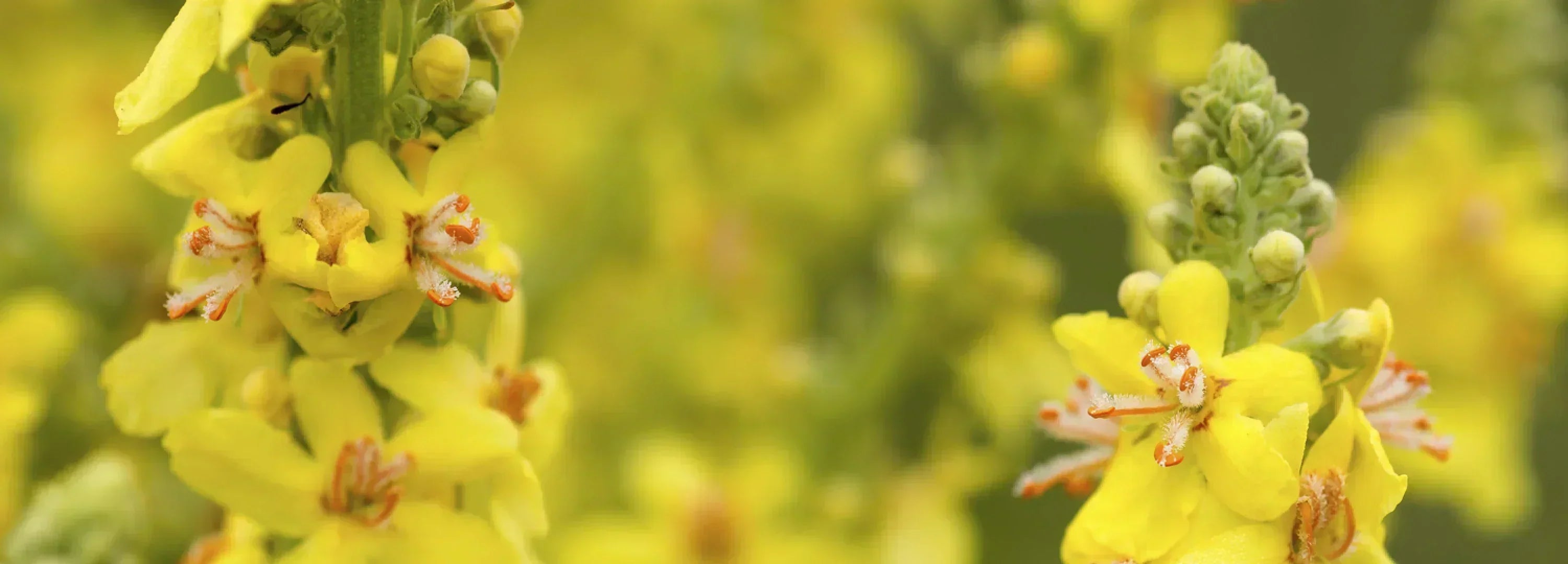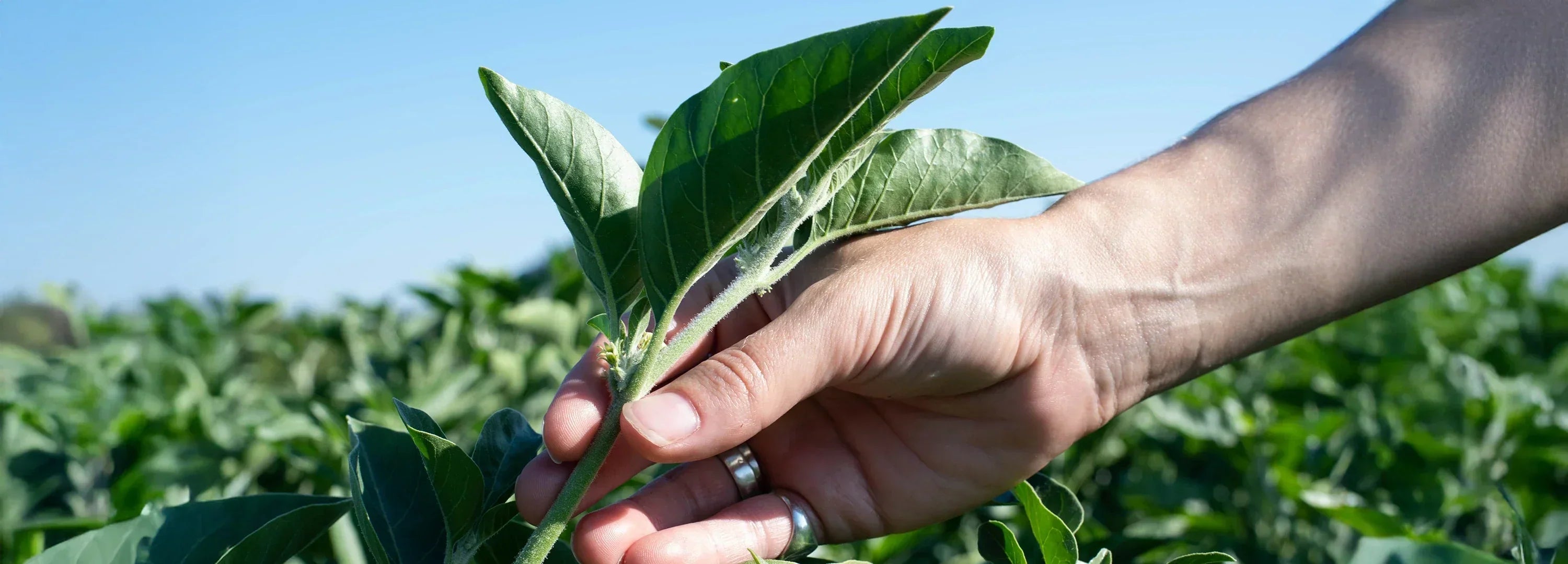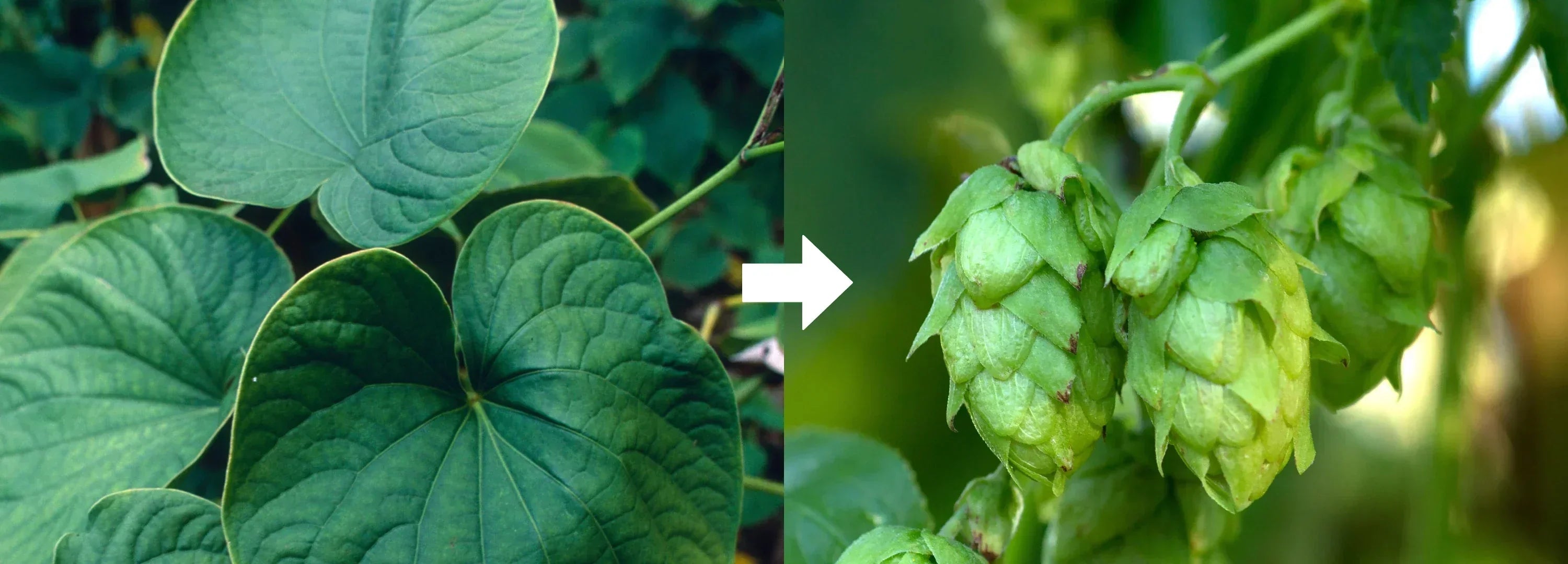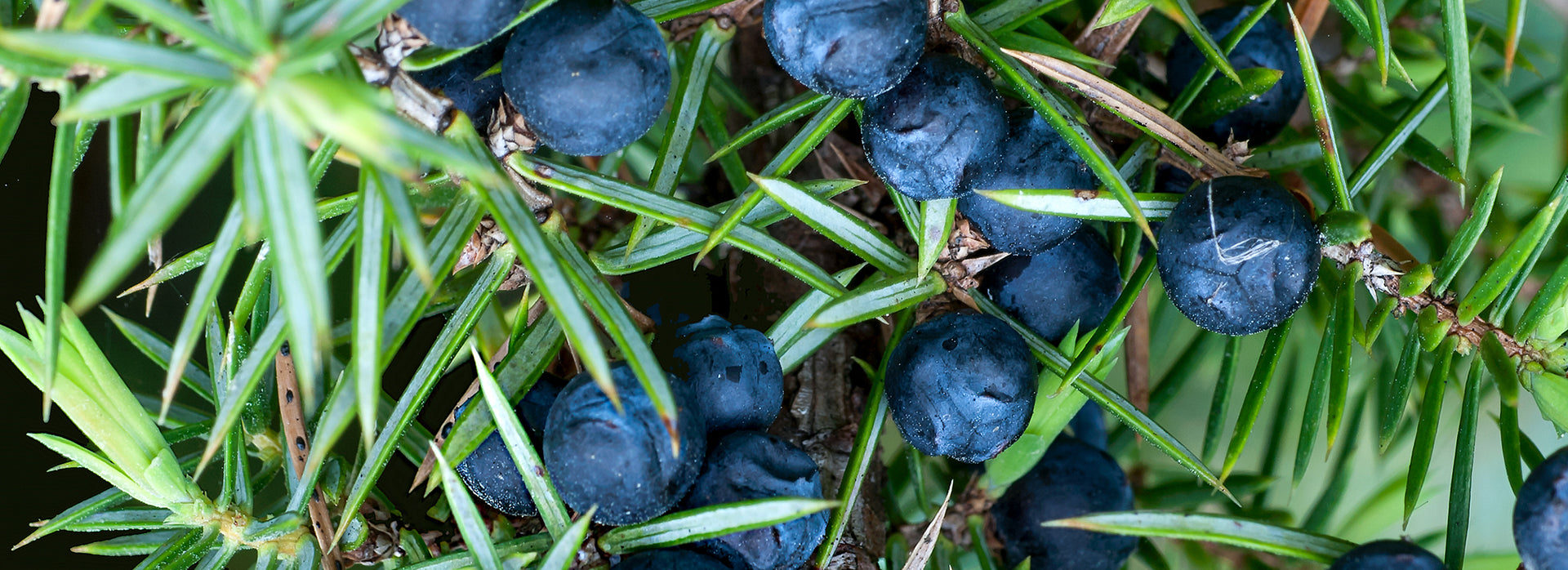
Herbal KnowledgeFeb 2, 2022
Plant Part Glossary
When making herbal extractions, different parts of each plant are used. Remembering what each one means when
they are so nuanced can be confusing. (It is an exact science, after all!) This is why we made a glossary of
morphological plant parts we often use in our extracts.
From bract to thallus and everything in between, learn how we define over 30 different terms you might find
on our labels.
Leaves & Stems
This section includes the leafy parts of the plant and supporting stem.
-
Bract: a modified leaf near or under (more commonly) a flower. Example: Linden flower with bract (Tilia sp.)
-
Flowering herb: the upper or above-ground portion of a plant, which includes a leaf/leaves with
some stem in the flowering stage. Example: Horehound flowering herb
(Marrubium vulgare)
-
Herb: the upper or above-ground portion of a plant, which includes leaf with some stem. Example:
Bacopaherb (Bacopa
monnieri)
-
Leaf: the leaf of the plant only is used, without stems or with very limited amounts of the stem.
Example: Plantain leaf (Plantago
major)
-
Leafy tip: the new leaf growth at the end of branch. This is common in conifers and woody plants.
Example: Rosemary leafy tip (Rosmarinus
officinalis)
-
Stem: the supportive body of a non-woody, herbaceous plant. Example: Cactus Grandiforus stem
(Selenicereus spp.)
-
Whole plant: the entire plant including root, herb and sometimes, in the flowering stage.
Example: Celandine whole flowering plant
(Chelidonium
majus)
Flowers
This section includes the inflorescence or flowering structures of the plant that may include some leafy
parts.
-
Flower: the inflorescence (complete flowering head) or flowering structure of the plant. In many
cases, the inflorescence consists of numerous individual flowers that give the overall appearance of a
single flower, like a Sunflower. Example: Elder flower
(Sambucus nigra)
-
Flowering top: the upper portion of the plant in the flowering stage with a leaf/leaves and some
stem that supports or envelops it. Example: Yarrow
flowering top (Achillea millefolium)
Fruits & Seeds
This section includes the reproductive structures of the plant.
-
Berry: a simple fruit with a fleshy pulp or pericarp (outer layer) that is formed from the ovary.
Example: Juniper berry (Juniperus communis)
-
Bud: an undeveloped shoot or flower, formed mostly at the base of a leaf or tip of a stem.
Example: Clove flower bud (Syzygium aromaticum)
-
Fruit: the ovary and surrounding structures of some plants. There are many subtypes that have
specific structures, such as berries. Example: Bilberry fruit
(Vaccinium myrtillus)
-
Fruiting top: the top portion of the plant in the fruiting stage with subtending (supporting or
enveloping) leaf, some stem and in some cases, flowers. Example: Rue
fruiting top (Ruta graveolens)
-
Hull: the outer portion or coating of a seed. This can also be referred to as a husk. Example: Black Walnutgreen hull (Juglans
nigra)
-
Pericarp: the outer, protective layer of a fruit. Example: Orange peel (Citrus x
sinensis)
-
Seed: the germ of a plant derived from sexual reproduction and capable of producing a new plant.
Example: Anise seed (Pimpinella anisum)
-
Stigma and style: the female reproductive structures that deliver pollen to the ovary. Example:
Corn Silk (Zea mays)
-
Strobile: a conelike, papery and scaly looking fruit, as in Pine cones. Example: Hops strobile (Humulus lupulus)
Roots
This section includes the underground portions of a plant.
-
Bulb: a globe-shaped modified stem with fleshy overlapping leaves occurring from a short stem
that function as a food storage organ during dormancy. Example: Garlic
bulb (Allium sativum)
-
Rhizome: a modified underground stem that runs horizontally, partly or completely under the soil.
Rhizomes continuously grow from their apex and can sprout new roots (or rootlets) and stems from each
node. Rhizomes can be used for extraction with or without the roots. Examples: Wild Yam rhizome (without root) (Dioscorea
villosa) and Gentian rhizome with root
(Gentiana lutea)
-
Root: standard underground structure of a plant, which can be a taproot like a Carrot or fibrous
roots like Corn. Example: Asian Ginseng
root (Panax ginseng)
-
Rootlet: a small, adventitious root that absorbs water and minerals while anchoring the plant to
the ground. Example: Blue Cohosh rhizome with
rootlet
(Caulophyllum thalictroides)
-
Stolon: a horizontal, trailing shoot that can sprout leaves and either grows just above ground
like Strawberries or just below ground like Peppermint (Mentha x piperita). Example: Licorice root and stolon
(Glycyrrhiza glabra)
-
Tuber: a swollen underground storage stem. New plant shoots form from its buds. Example: Devil’s Claw secondary tuber (Harpagophytum spp.)
Exudates
This section includes various substances that plants can excrete and are not actual plant parts.
-
Latex: a water-soluble product of lactiferous glands in plants, especially in Poppies and
Spurges. While the common plant part name for Dragon’s Blood exudate is tree sap, it is actually a
latex. Example: Dragon’s Blood tree sap
(Croton lechleri)
-
Oleo-gum-resin: when oils and gums combine in an exudate. Example: Guggul oleo-gum-resin (Commiphora wightii)
-
Resin: an exuded, noncellular material produced in specific plant cells that flows from the plant
when injured. Example: Propolis resin (Resina
propoli) is made by bees using tree resins they find nearby their hives.
Other plant parts
This section includes additional plant parts that do not fit in the above sections.
-
Bark: the bark of a woody plant, like a shrub or tree that consists of an outer bark and inner
bark. Sometimes only the inner bark is used in herbalism. Examples: Fringe Tree bark (Chionanthus virginicus), Cat’s Claw inner bark (Uncaria tomentosa)
-
Root bark: Other times the bark of the root is used. Bark that is physically cleaned of its outer
bark is called rossed. Examples: Devil’s
Club root bark
(Oplopanax horridus), Sassafras rossed root
bark (Sassafras albidum)
-
Branchlet: a small branch, usually removed at the tip. Example: Thuja branchlet (Thuja occidentalis)
-
Mushroom: the above-ground fruiting body of a fungus that is fleshy and bears spores. Example: Reishi mushroom (Ganoderma lingzhi)
-
Thallus: the body of a seaweed, comparable to the “herb” version of plant. Example: Bladderwrack thallus (Fucus spp.)
Non-plant parts
This section includes other important items that are not plant parts.
-
Essential oil: a type of extract. Essential oil is the volatile, aromatic portion of a plant like
Lavender flower or Orange peel. It is steam-distilled or physically pressed from different plant parts,
such as leaves, flowers or peels. If you look closely at the outside of a citrus peel, you can see the
individual glands that produce the essential oil. Example: Tea Tree essential oil (Melaleuca
alternifolia)
-
Lichen: an organism that is a combination of algae and fungi. We use this term for the body of
the organism. Example: Usnea lichen (Usnea spp.)


